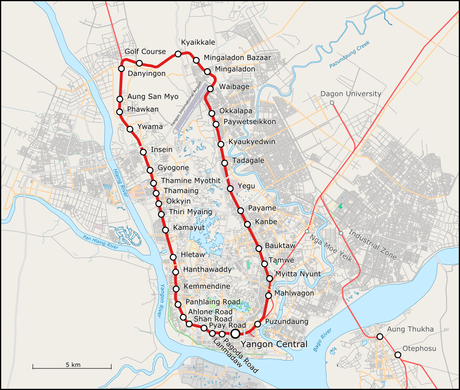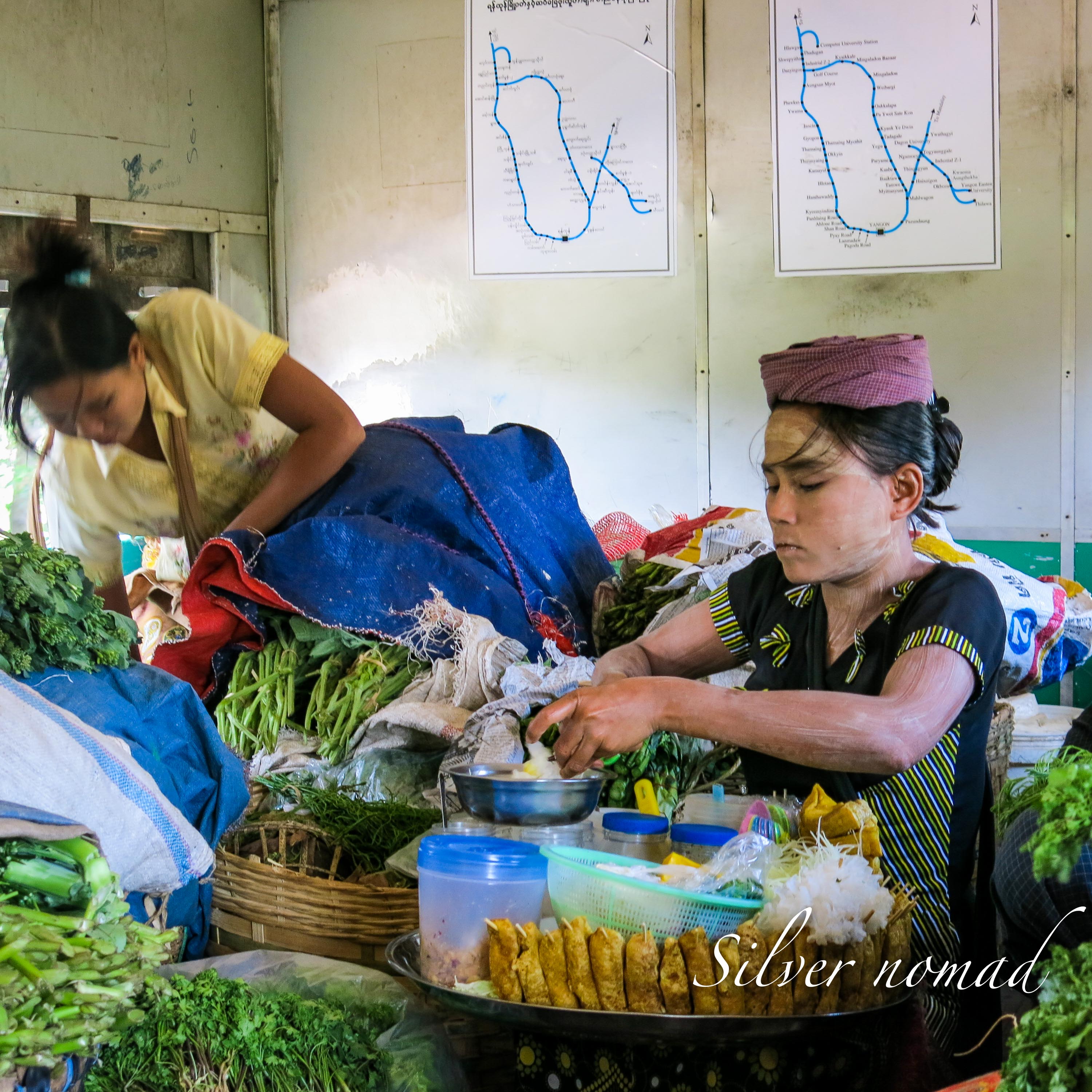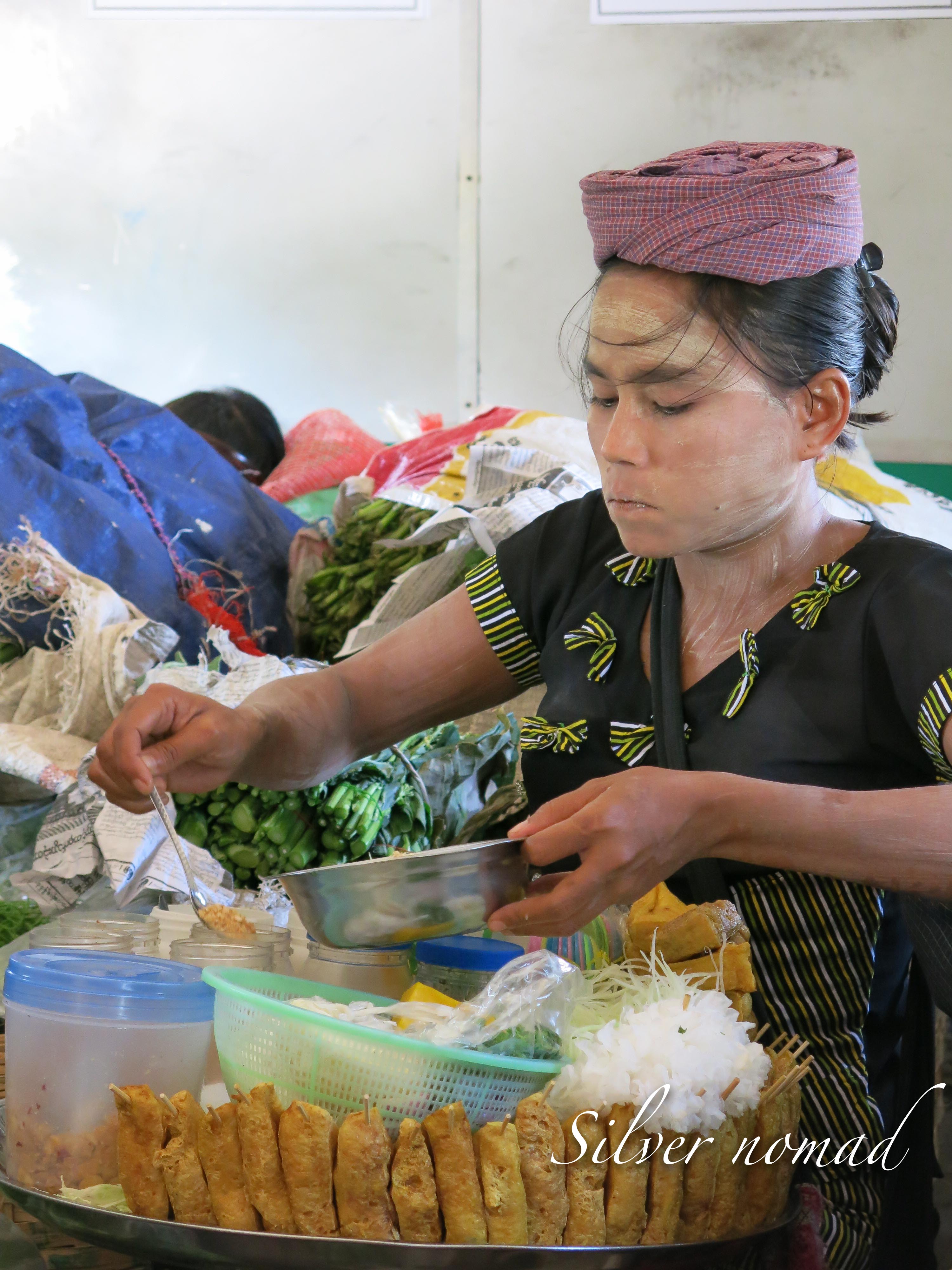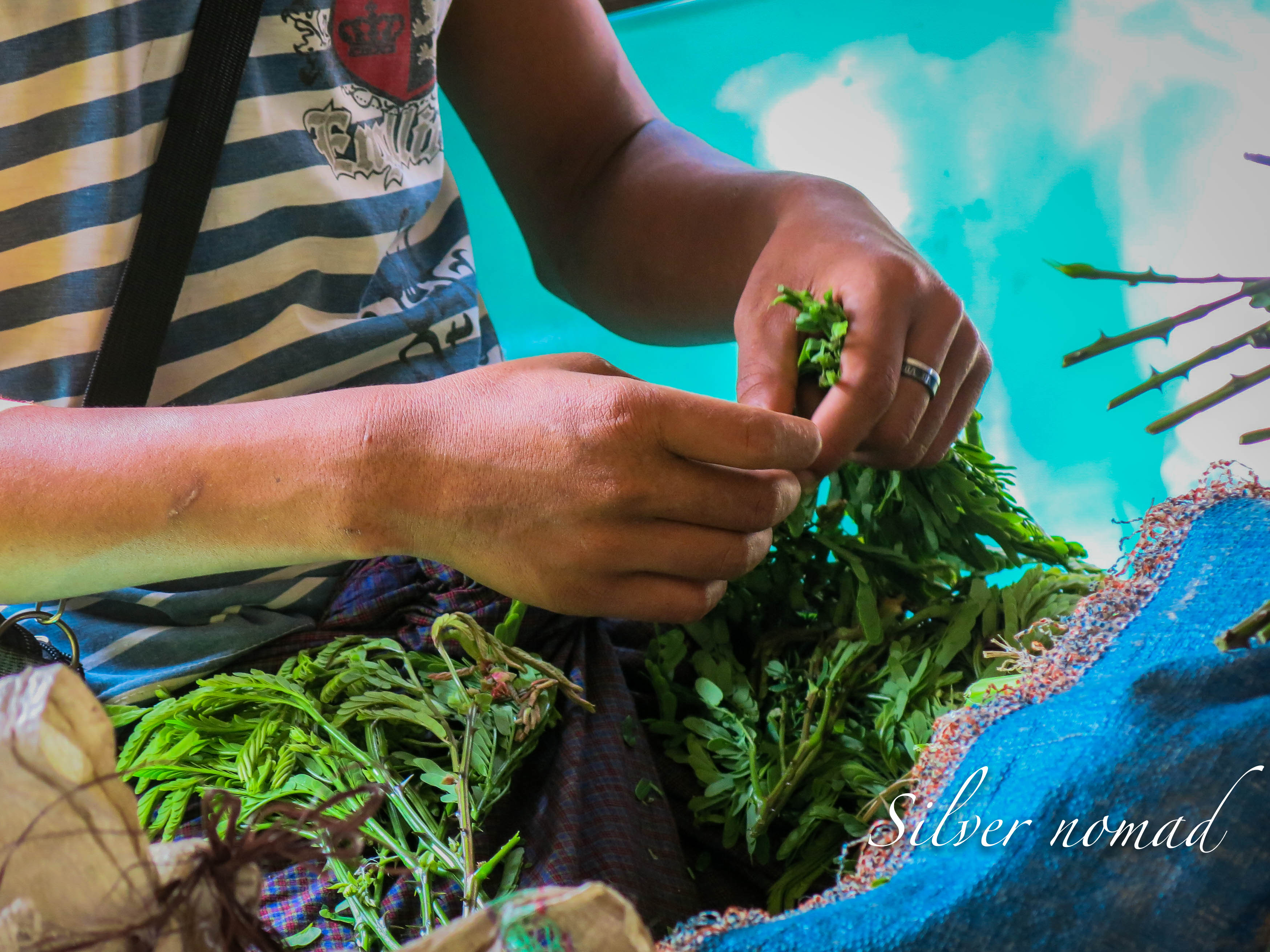Ever since childhood, when I lived within earshot of the Boston and Maine, I have seldom heard a train go by and not wished I was on it.
Paul Theroux
I’ve always enjoyed travelling by train, probably because I equate it with independence. At the age of eleven, my mother, full of fear and trembling, took me to Piccadilly Station in Manchester and put me on a train to Carlisle. She ensconced me in a ‘Ladies Only’ carriage with strict instructions to change at Carlisle and catch the afternoon train to Kirkcudbright (Scotland). It was a trip I had made with my mother and sister many times – to visit my grandmother and other Scottish relatives my mother had left behind when she married my father, an Englishman, and settled in Lancashire. I knew the route like the back of my hand, including spending an hour between trains in the ‘Ladies Only’ waiting room in Carlisle.
Not quite the stuff of a Paul Theroux journey by train but exciting for an eleven year old wanting to fray the cord that binds and tethers. Even then I wanted to see the world.
I have no idea if Paul Theroux has ever travelled the Circle Line in Yangon – too short a journey (28 miles), seats too hard, no restaurant car and no table so he could make his notes on what he sees and what people say. The line, a narrow gauge railway built by the British in the 1950s doesn’t go anywhere – merely round in a circle through the outskirts of Yangon. The whole trip takes about three hours.

The main railway station in Yangon is centrally located but I took a taxi, as it’s quite a long walk from the usual tourist haunts. I found the ticket office easily (signs in English) and paid for my ticket in local currency (kyats), a very modest 10 cents instead of the one US dollar that tourists were charged previously. This trip is often described as a commuter train because it goes through the Yangon suburbs (another misnomer) but you won’t find any briefcases here. You need both hands to haul yourself aboard as the three steps are quite steep but there are handrails.
Finding a seat was easy – just slide onto one of the long benches on either side of the carriage. I slid into a corner and watched as the other passengers embarked; a few housewives, a schoolgirl, a man with two large baskets filled with bananas suspended from a shoulder yoke and a few tourists. They were joined by a couple of young women, one with bags of attitude for the camera.

We pulled out on time (there are many trips during the day), and although the route is said to serve 100,000 to 150,000 passengers each day, my carriage was almost empty. Disappointed at the small turn out, I sat back and watched the city give way to countryside almost as soon as we had left the station.

After an hour and a half of little action, I was beginning to feel that it was a dull ride with a few people getting on and off at various stops in the middle of nowhere. Then, we drew into a station that I now know is called Danyingon where there was lots of activity. It looked like a vegetable market was laid out on either side of the track, which indeed it was.

Now, I really love markets and thought about jumping off, speaking idly of course as I would have needed to descend the steep steps, a Mount Everest for me, to reach the ground. Before I could act, suddenly I was in the midst of a melee as women and men, hauling very large baskets and bundles, swarmed my carriage. I retreated into my corner as they settled themselves all over the place, baskets and bundles rising almost to the ceiling. I just hoped that the various bundles now resting on my feet and legs contained nothing unpalatable that could wriggle free. In such situations, I am always glad to be wearing rather stout travel shoes with closed toes.


The train pulled out and much to my surprise, out came knives, string and plastic bags. This motley crew set to work, separating the produce into smaller bunches, which they expertly secured by twisting the string and tying it off. They chatted and joshed each other but worked steadily. I realized that these were the usually invisible ‘middle men’ (and women) of commerce who go to the outskirts of Yangon each day to where the produce is grown and sold and bring back as much as they can carry to either sell themselves or sell to other vendors in the city.




No fingers were idle on the homeward journey and by the time we reached Yangon everyone was packed up and ready to leave. Even before the train stopped, produce was pushed out the windows to helpers on the platform and several valiant ones were slipping and sliding in their rubber flip-flops over the mounds stuffed in the stairwells. I was not in a rush and watched women, smaller than some of the bundles, manhandle them down the steps and onto the platform. Within a few minutes, the loads were removed and I could leave the train. The platform was a hive of activity as the ‘middle men’ (mostly women) organized their wares and a new set of passengers climbed aboard.


Little did my mother know when she deposited me on the 9:30 a.m. to Carlisle all those years ago that she was preparing me for a great train journey. As someone said, ‘The most important reason for going from place to place is to see what’s in between.’ By that criterion, the Yangon Circle Line was a great train journey.
If you like to travel by train, go quickly, as the Circle Line with its busy produce vendors may come to an end. Just recently the Government of Myanmar announced that it intends to build a wholesale produce market (to make fruit and vegetables easily accessible for home consumption) on the outskirts of the city. There are also plans for a cold storage facility and a transportation centre so the produce can be trucked to China.

Privacy Policy


